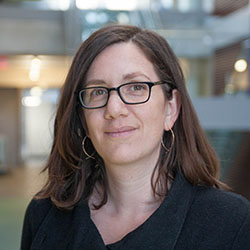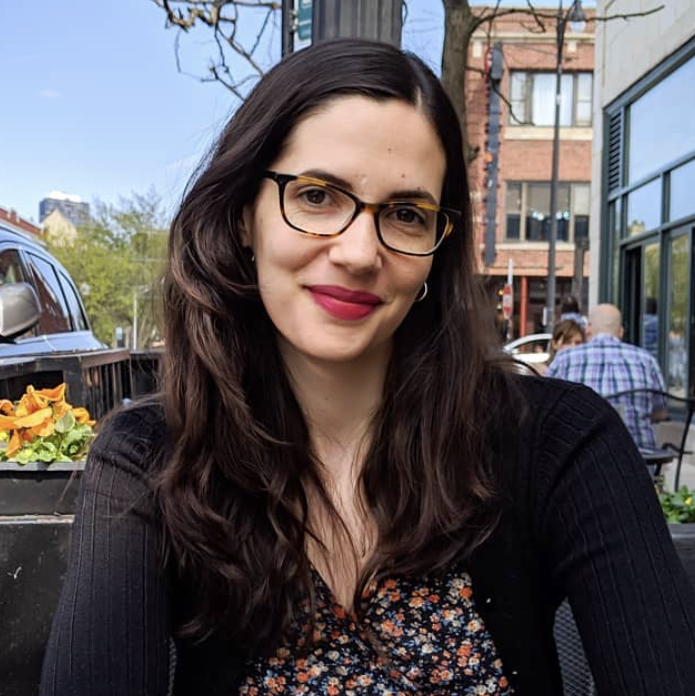Stathopoulos & Borowski Study How COVID-19 is Affecting Vulnerable and Marginalized Populations

Resilience of Social Capital Networks to Social Distancing: Multiscale Evolution of Physical and Virtual Support Networks
 The Natural Hazards Center issued a special call for quick response research related to coronavirus and COVID-19, specifically to examine how COVID-19 is affecting potentially vulnerable or marginalized populations, healthcare workers and other frontline responders, various organizations, and communities. The proposed study by Prof. Amanda Stathopoulos and Elisa Borowski was among 18 projects selected for funding and will examine the short- and long-term consequences of the current COVID- 19 crisis on support networks to better understand the resilience of social capital to stay-at-home mandates.
The Natural Hazards Center issued a special call for quick response research related to coronavirus and COVID-19, specifically to examine how COVID-19 is affecting potentially vulnerable or marginalized populations, healthcare workers and other frontline responders, various organizations, and communities. The proposed study by Prof. Amanda Stathopoulos and Elisa Borowski was among 18 projects selected for funding and will examine the short- and long-term consequences of the current COVID- 19 crisis on support networks to better understand the resilience of social capital to stay-at-home mandates.
 The COVID-19 pandemic has resulted in statewide stay-at-home orders across 30 states at present. The research will examine the effects of distancing measures on physical and virtual social capital networks at the individual-, community-, and organizational-level in the United States. By analyzing data from an online name generator survey, crowdsourcing platforms, and telephone interviews using choice modeling, social network analysis, and qualitative descriptive analysis, the findings of this study will provide valuable insights into social isolation vulnerabilities, the potential for virtual volunteering to fill gaps in support networks, and the long-term impacts of disruptions to social capital.
The COVID-19 pandemic has resulted in statewide stay-at-home orders across 30 states at present. The research will examine the effects of distancing measures on physical and virtual social capital networks at the individual-, community-, and organizational-level in the United States. By analyzing data from an online name generator survey, crowdsourcing platforms, and telephone interviews using choice modeling, social network analysis, and qualitative descriptive analysis, the findings of this study will provide valuable insights into social isolation vulnerabilities, the potential for virtual volunteering to fill gaps in support networks, and the long-term impacts of disruptions to social capital.
The National Hazards Research and Applicaitons Information Center was founded more than 40 years ago and is the National Science Foundation-designated information clearinghouse for the societal dimensions of hazards and disasters. The center is located in the Institute of Behavioral Science at the University of Colorado, Boulder and is dedicated to reducing disaster harm through:
(1) translating and sharing hazards and disaster research and information;
(2) building connections between researchers, non-profit and private sector professionals, the media, policy makers, and local, state, and federal officials;
(3) advancing social science and interdisciplinary knowledge, with a special emphasis on the most vulnerable populations and places; and
(4) training and mentoring the diverse next generation of hazards and disaster professionals.
